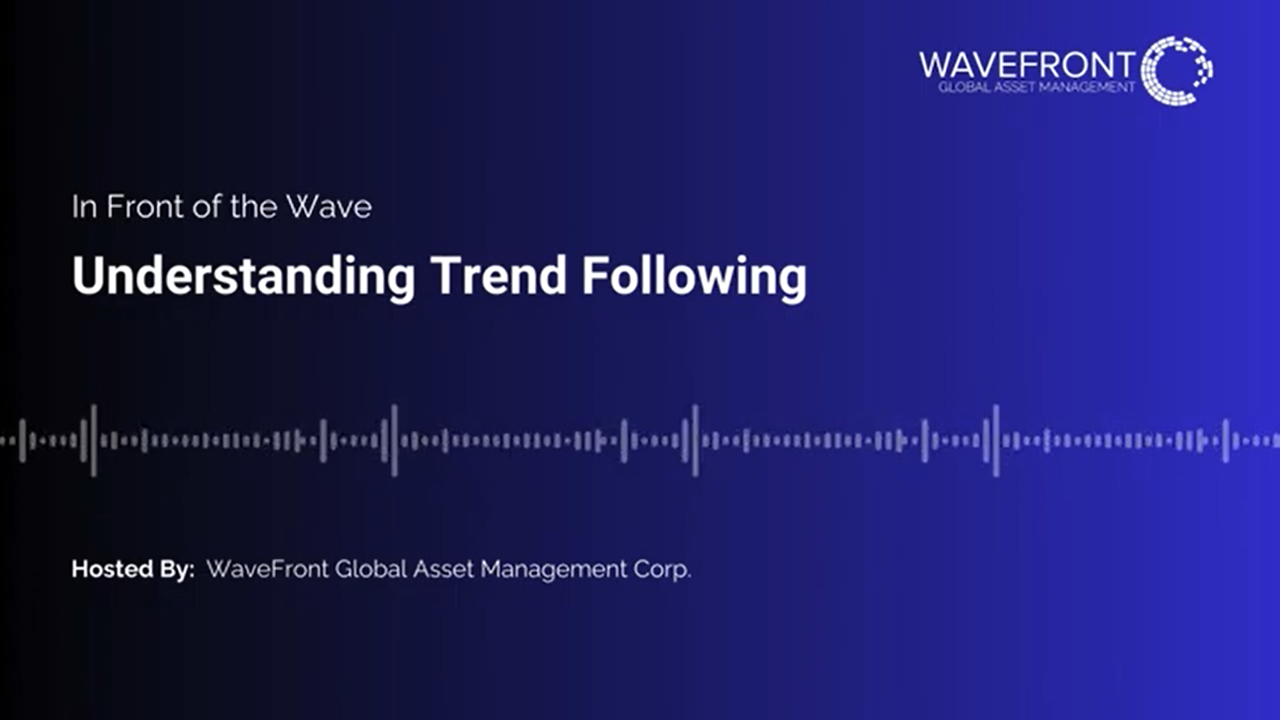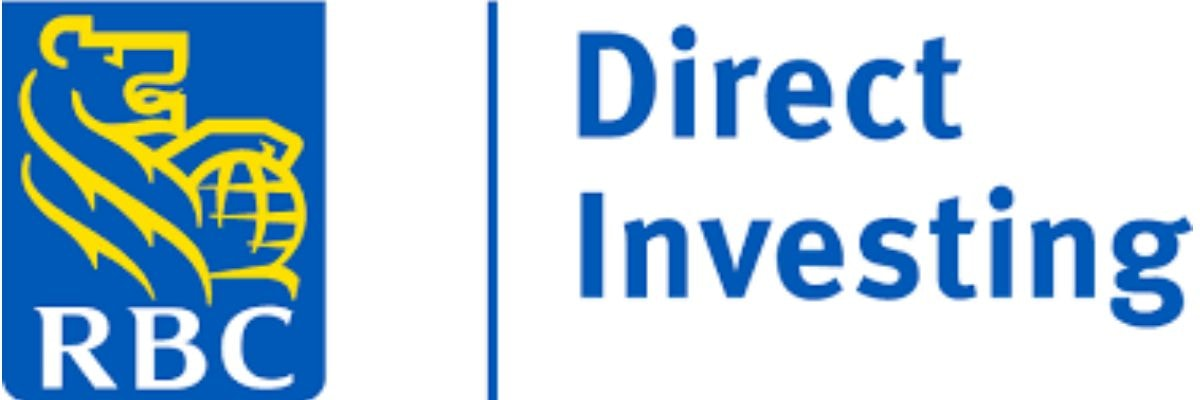Many investors and academics equate risk with volatility. But true risk management goes beyond market swings, it’s about preparing thoughtfully for uncertainty and potential losses. Here’s why we believe that understanding this distinction matters deeply for our clients investments. Risk vs. Volatility: What’s the Real Difference? In the 1960s, financial academics began using volatility as…
Continue reading Risk Is Not a Number: Investing in an Unknowable World
Successful investing isn’t about predicting the future, it’s about effectively managing uncertainty. At WaveFront, we don’t build portfolios on forecasts; we construct robust investment systems that thrive across a spectrum of market conditions. Here’s why that matters. Uncertainty is not a problem to be solved – it’s the terrain we navigate. In investing, those who…
Continue reading In Front of the Wave: Thriving in the Unknown
Quantitative investment management uses data analysis techniques, similar to those in natural sciences, to predict market movements and create innovative trading strategies. This approach leverages scientific methods to enhance your investment portfolio’s performance. Let’s dive into why this matters and how it works. Experimental vs. Observational Science Understanding the distinction between experimental and observational investigations…
Continue reading Precision in Quantitative Investing: WaveFront’s Approach
Robert Koloshuk, WaveFront’s CIO (Chief Investment Officer), discusses the reasons why ‘lookback periods’ are not a productive investigation into Managed Futures strategies, and how WaveFront’s approach is different. At WaveFront, we’ve been at the forefront of Managed Futures trading for over 20 years. Our Chief Investment Officer, Robert Koloshuk, has been a pioneer in this…
Continue reading Backtesting Myths: Why Lookback Periods Aren’t the Secret to Successful Trading
In recent times we have observed some Canadian Managed Futures firms making the claim that excluding stock and bond futures from their futures trading models enhances the diversification benefits of their strategies. While intuitively this might make sense, many decades of research we have done at WaveFront strongly contradict this claim.
In the realm of liquid alternatives, several funds (in Canada) have made their mark, including products like HRAA, NALT, Auspice, and of course WaveFront.
In 2023, Global Diversified displayed its characteristic ‘convexity’ in returns – resilience in bear markets, moderate success in bull markets, and challenges in sideways markets.
At WaveFront, we always say that past performance isn’t necessarily indicative of what’s to come; however, no market event is sole and solitary – market events repeat themselves in dissimilar ways, and they may be responding to things which have happened before, and sometimes often.
You may recall that in August 2021, we shared with you a research paper from Duke University by Harvey and colleagues, titled “The Best Strategies for Inflationary Times”.
Invest in AHP 1110 through your online broker
You are now leaving WaveFront's Website. Hyperlinks on these websites are provided as a convenience and we disclaim any responsibility for information, services or products found on the websites linked hereto.
Who qualifies as an accredited investor?
- An individual who, alone or together with a spouse, owns financial assets worth more than $1,000,000 before taxes but net of related liabilities or An individual, who alone or together with a spouse, has net assets of at least $5,000,000.
- An individual whose net income before taxes exceeded $200,000 in both of the last two years and who expects to maintain at least the same level of income this year or an individual whose net income before taxes, combined with that of a spouse, exceeded $300,000 in both of the last two years and who expects to maintain at least the same level of income this year.
- An individual who currently is, or once was, a registered adviser or dealer, other than a limited market dealer.
- Financial institutions, Governments and governmental agencies, Insurance companies, Pension funds, Registered charities, Certain mutual funds, or Companies with net assets of at least $5,000,000
- Pooled funds and managed accounts, or persons or companies recognized by the OSC as an accredited investor.















